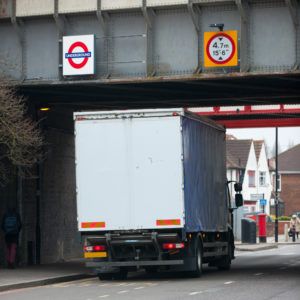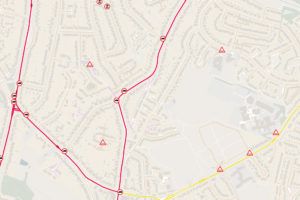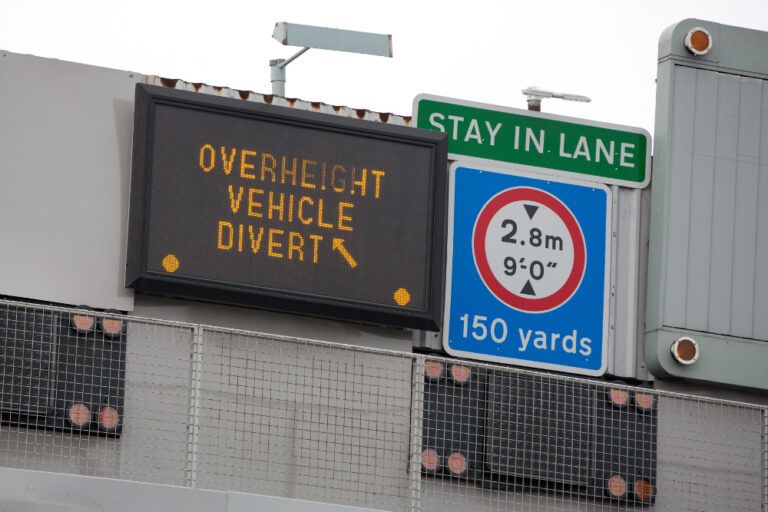The UK’s mapping agency Ordnance Survey (OS) is providing Transport for London (TfL) with a verified dataset on height restrictions of tunnels and bridges to enhance road safety and help vehicles avoid unnecessary collisions that impact drivers and rail passengers across the capital.
The free to use OS dataset will provide freight and delivery operators, as well as construction companies, developers and academics, with more detailed information about height restrictions on low bridges, tunnels and barriers across London roads. The data will cover all bridge structures within the Greater London boundary/M25 orbital motorway and will see structures grouped into five specific groups. These bridges can suffer from strikes by oversized vehicles, such as trucks or cranes, despite signage on the approaches. Releasing the data will allow fleet operators to ensure that vehicles of certain heights are not diverted under the structures incorrectly, potentially causing significant structural damage and delays.

Analysis by TfL suggests that, on average, there are at least two bridge strikes a month across London. Bridge strikes can be dangerous and not only cause delays to road users, but also to people traveling on the Tube or rail services that often run across them. Earlier this year, TfL was alerted to a vehicle strike on a 15.7 feet (4.8m) high rail bridge in Old Street, which carries the East London line. Although the road was only closed for around 20 minutes while the structure was assessed by engineers for damage, London Overground services were impacted for around two and a half hours. This led to additional and unnecessary disruption for thousands of commuters that could have been easily avoided. Both TfL and OS hope that the new free to use data will enable freight and heavy transport operators to better route high vehicles away from these structures across the capital, reducing the chances of impact and saving money in avoidable structural repairs.
“Every day, millions of road freight deliveries are made across London, and yet, in this digitally connected age, it is still alarming how often bridge strikes can occur,” noted Emily Herreras-Griffiths, travel demand management interim program director at TfL. “For many years, we have brought together the road freight industry to tackle many issues and I’m delighted that we have been able to work with Ordnance Survey to provide a ‘single source of data’ for bridge heights across London. I encourage all freight operators to use this data to ensure their systems are consistently accurate, helping drivers and their vehicles avoid unnecessary collisions, which can impact both drivers and rail passengers.”
John Kimmance, director of government and partner engagement at OS, said, “Every day the public and private sector are using our MasterMap Highways data to make better decisions about Britain’s road network. From reducing carbon emissions and fuel costs through route optimization, to improving road safety and congestion levels, our data is an essential source information when maintaining a safe and efficient transport infrastructure.” 





